As a student, you might not have considered the potential value of credit card rewards, particularly if you’re new to the world of Miles & Points in general or if you have a fairly limited income.
However, by pairing your everyday student expenses – groceries, transit, tuition, rent and more – with the right credit card, you can easily earn rewards that can open up some amazing travel opportunities or offset your costs.
In this article, let’s explore credit card rewards for students and show you how you can leverage Miles & Points, even with limited expenses or modest disposable income.
In This Post
- An Introduction to Credit Card Rewards for Students
- Credit Card Considerations for Students
- What Credit Card(s) Should You Choose as a Student?
- Conclusion
An Introduction to Credit Card Rewards for Students
At Prince of Travel, we believe that credit cards (when used responsibly) are the best way to turn your everyday purchases into more and better travel.
Even if you’re a student with a limited budget, earning points back every time you make a purchase is certainly better than not getting anything back at all, as would be the case if you use a debit card or cash.
As a student, while you may not have a particularly large income, you likely still have some considerable expenses such as tuition, rent, groceries, and transportation, and luckily there are ways to earn a substantial amount of rewards on all these costs (that doesn’t need to come with a big out-of-pocket cost).

You’re likely familiar with the idea of using a credit card to earn rewards on daily expenses, such as groceries, transit costs, dining, textbooks, and more.
As we’ll explore below, pairing your expenses with the right credit card can multiply your earning and get you closer to an incredible Reading Week trip or summer holiday. You may even become the envy of your colleagues when you flew to Europe in business class for your trip when everyone else was stuck in economy!
Outside of everyday spending, you may not realize that you can also use a credit card to pay for bigger expenses like rent and tuition by going through third-party bill payment services. Since these are often quite sizeable expenses, the opportunity at stake here is also immense.
For example, by setting up an account with Chexy, you can pay your rent, tuition, bills, and more with a credit card, earning the points of your choice for a reasonable 1.75% fee.
Of course, you’ll want to make sure the rewards you’re earning are valued higher than the cost of the fee, but with a bit of planning this shouldn’t be a problem (as we’ll explore in detail below).
In fact, even if you don’t have a credit card, you can use Chexy with a debit card to help you build up your credit history, and then after around six months, you’ll have a stronger application when you apply for a new credit card.
Chexy is our favourite Canadian platform for earning credit card rewards on rent, bill payments, and personal taxes.
As a student, bill payment services like Chexy can be very helpful if you’re trying to meet a minimum spending requirement to earn a juicy welcome bonus on a credit card, but you don’t have enough expenses to meet the requirement through day-to-day spending.
Even if your expenses are limited to the bare minimum, there are still ways to earn. Getting started with credit card rewards as a student can allow for amazing travel adventures during your time off, plus it will help you build up your credit history, which will be very important when you look to make big purchases in the future.
Credit Card Considerations for Students
There are a few important considerations to keep in mind when it comes to getting a credit card as a student.
Income
Most credit cards come with a minimum income requirement that you must meet in order to be eligible to apply for the card. Generally, this is expressed with two options: you can either meet the personal minimum income requirement or the household minimum income requirement.
Personal minimum income considers only your individual yearly income, whereas household minimum income refers to the total income of all members of your household.
When it comes to personal income, some banks consider scholarships, grants, and student loans as income sources (in addition to other income through, say, a part-time or summer job). Plus, some issuers (American Express comes to mind here) don’t require a minimum income at all, even for some of their top-tier premium travel credit cards!
Meanwhile, household income can be particularly helpful for students that live at home, as it may help you qualify for credit cards that you couldn’t otherwise access.
Additionally, as a student, you may be able to bypass the income requirements for some credit cards by speaking directly to the bank or by applying through a bank’s student-focused offers, though it’s worth noting that these typically aren’t as lucrative as standard offers.
Credit history and score
When it comes to being approved for credit cards, especially premium cards, your credit history and credit score can play a big part.
However, since students are often younger and sometimes from outside of the country, you may not have had a chance to build up a Canadian credit history.
Luckily, if this is the case for you, most credit card issuers offer entry-level products that can be accessed with little to no credit history. These options are great to help you build up a strong credit history, and this can pay dividends down the line with lower interest rates for major life purchases.
Type of rewards
Credit cards offer lots of different types of rewards options, but generally speaking, you can think of them in four categories: cash back, fixed-value points, loyalty program points, and transferable points.

At Prince of Travel, we strongly believe that the most valuable type of credit card rewards is travel rewards, sine there are so many opportunities to score outsized value that you won’t get with cash back.
Be sure to consult our Beginner’s Guide to Miles & Points series, which explains the differences in rewards in more detail.
What Credit Card(s) Should You Choose as a Student?
As we mentioned above, choosing a credit card requires that you consider your income, your credit history and score, and your personal rewards priorities.
The value of credit card rewards can be substantial, especially if you choose a card with a good welcome bonus and a solid earning structure.
In fact, by making the right choice, you could potentially pay for your next Spring Break or summer trip just through the points earned on the card.
This is made even easier by using a service like Chexy to pay your rent with your credit card to help meet the minimum spending requirement to earn your credit card’s welcome bonus, and then keep earning throughout the year.
With loads of credit cards out there, we won’t try to go over all the options, but we’ve included a few examples of excellent travel credit cards in this section to give you an idea of what’s available. For each option presented below, we’ve taken into consideration:
- No or low minimum income requirements
- Lower annual fees ($0–150)
- Category earning rates
- Included travel perks to help you travel better
- Good credit history (as well as some options for limited credit history)
Feel free to consult our credit card comparison tool to assist in your search for the best credit card.
American Express
Contrary to popular belief, American Express cards don’t come with a minimum income requirement!
This means that as a student, you’re eligible to apply for everything from the lower-tier American Express Green Card all the way up to the top-tier American Express Platinum Card (with a top-tier $799 annual fee to boot).
Key to American Express cards is the most flexible and valuable points currency in Canada: American Express Membership Rewards. These points can be transferred to a number of airline and hotel loyalty programs or redeemed for travel, merchandise, gift cards, and more.
In other words, they can pretty much do everything that all other points currencies can do, and more. If travel is on your horizon, Membership Rewards points is the best vehicle to take you there (in style!).
If you have a good credit history already, the American Express Cobalt Card is widely considered the best overall credit card in Canada and has no minimum income requirement. This card charges a monthly fee of $12.99 (moving to $15.99 in November 2025), but offers the opportunity to earn bonus points during the first year, which can help offset this cost.
The supercharged 5x earning rate on groceries, dining, takeout, and food delivery is your key to boosting your balance over the course of your studies. Plus, the trips to watering holes and “fine dining” establishments will also earn 5 points per dollar spent – an excellent return for your late-night follies.
TD
If you know you’d like to earn points specifically for travel, you could consider earning Air Canada Aeroplan points, which are the easiest airline points to earn in Canada thanks to many co-branded credit cards and transfer partners.
In this category, you could consider cards like the CIBC Aeroplan® Visa* Card which has a personal minimum income requirement of $15,000 but doesn’t charge an annual fee.
You could also take a look at the TD® Aeroplan® Visa Platinum* Card which has no minimum income requirement but charges an annual fee of $89 (though this is often waived for the first year) and typically comes with a meaningful welcome offer.
Aeroplan is one of the most powerful points currencies in the world, giving you access to everything from well-priced economy redemptions all the way up to some of the world’s best business class and First Class experiences.
Scotiabank
If you’re looking for a credit card that earns flexible points at a supercharged rate for day-to-day expenses like groceries, restaurants, and entertainment, you could consider the Scotiabank Gold American Express Card.
In exchange for a $120 annual fee (which is waived in some cases) and a reasonable $12,000 minimum household income requirement, you’ll earn the flexible Scene+ points through the welcome bonus and through the card’s outstanding earning rates for daily spending:
- 6 Scene+ points per dollar spent on Sobeys, IGA, Safeway, FreshCo, and more†
- 5 Scene+ points per dollar spent on groceries, dining, and entertainment†
- 3 Scene+ points per dollar spent on gas, transit, and streaming services†
- 1 Scene+ point per dollar spent on all other purchases†
Since Scene+ points are worth 1 cent per point when redeemed against travel (and other things), you’re looking at a 1–6% return on spending, which is fantastic.
If you tend to fly with low-cost airlines and aren’t worried about lounge access, or if you prefer to book flights with whichever airline offers the lowest price at any given time, this card gives you great flexibility.
Alternatively, consider the Scotiabank American Express Card, which offers meaningful earning rates and access to lucrative Amex Offers in exchange for no annual fee and no minimum income requirement.
RBC
Moving now to the RBC ecosystem, there are two cards that we think warrant the attention of students: the RBC® Avion Visa Platinum† and the RBC® ION+ Visa.
The RBC Avion Visa Platinum is almost a carbon copy of the RBC Avion Visa Infinite†. The only meaningful differences are as follows:
- The Visa Platinum has lower earning rates (though the earning rates on the Visa Infinite aren’t spectacular by any means)
- The Visa Platinum has a less comprehensive suite of insurance
The best part of this card is that it doesn’t have a minimum income requirement, and it comes with the same welcome offer as what’s available on its Visa Infinite counterpart.
Avion points are some of the best ones you can earn in Canada, so if you have a bit of good credit history and can afford to pay the $120 annual fee, it’s one of the fastest ways to get yourself travelling in style.
Meanwhile, the RBC® ION+ Visa is one of the most powerful (and underrated) credit cards in Canada for travel enthusiasts.
Indeed, it’s a favourite amongst members of the Prince of Travel team for the following reasons:
- $48 annual fee† (waived for students with RBC Advantage™ Banking Account)
- No minimum income requirement
- Earn 3 Avion points† per dollar spent on qualifying grocery, dining, food delivery, gas, rideshare, daily public transit, electric vehicle charging, streaming, digital gaming and digital subscriptions†
Importantly, as an ION+ cardholder, you’ll enjoy membership in the Avion Rewards program at the Premium tier. This means that your travel redemption options are limited to 1:1 transfers to WestJet Rewards, or redeeming your points for travel through Avion Rewards at a value of 0.58 cents per point.
However, if you happen to hold an Avion product (such as the RBC Avion Visa Platinum) or if you ever decide to upgrade your ION+ card into an Avion product, you’ll enjoy Elite membership in the Avion Rewards program.
This comes with much more powerful redemption opportunities, including 1:1 transfers to The British Airways Club and Cathay Pacific Asia Miles, 1:0.7 transfers to American Airlines AAdvantage, and access to outsized value through the RBC Air Travel Redemption Schedule.
Indeed, this is the most optimized way to earn Avion points, and we strongly recommend considering it if you’re looking to maximize your return on everyday spending.
Credit Cards Specifically Made for Students
Also, as we mentioned earlier, if you don’t have any income, or you don’t have any credit history, it’s still possible to get a credit card and earn rewards.
All of Canada’s big five banks (CIBC, TD, BMO, Scotiabank, and RBC) offer student-specific credit card options to help get you started. These cards generally have no minimum income requirement and do not require a Canadian credit history; however, these cards do tend to come with a lower credit limit (often around $1,000).
Conclusion
As a student, regardless of the size of your expenses, there’s no reason to not have a credit card that gives you a at least little bit back on all your purchases.
Earning credit card rewards will help you enjoy perks like free groceries, cash back, and best of all, free travel.
If you’d like to learn more or have questions about specific rewards or credit cards come check out our Facebook group, Prince of Travel Elites, and continue exploring all our great guides and insights here on the website.











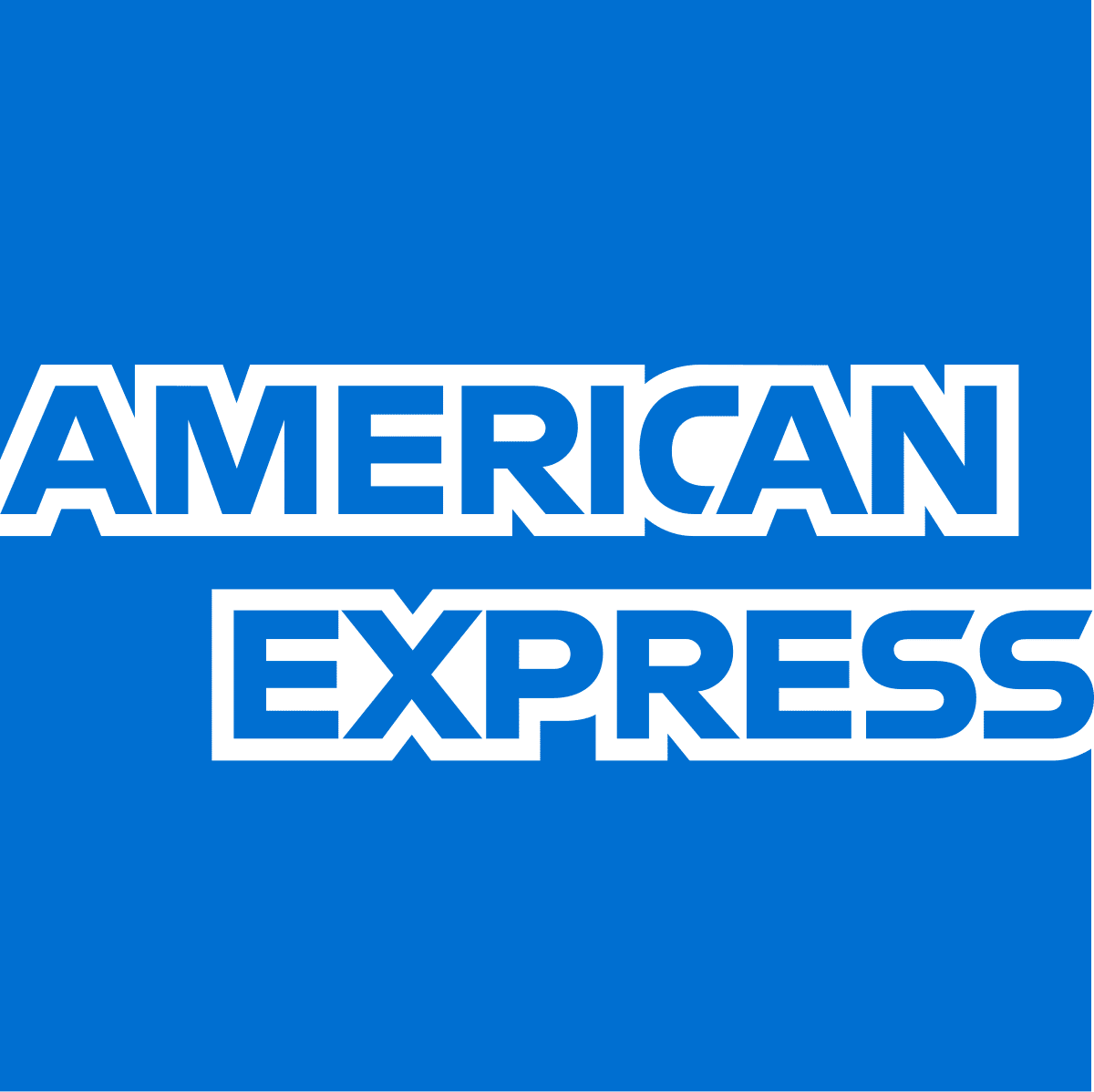


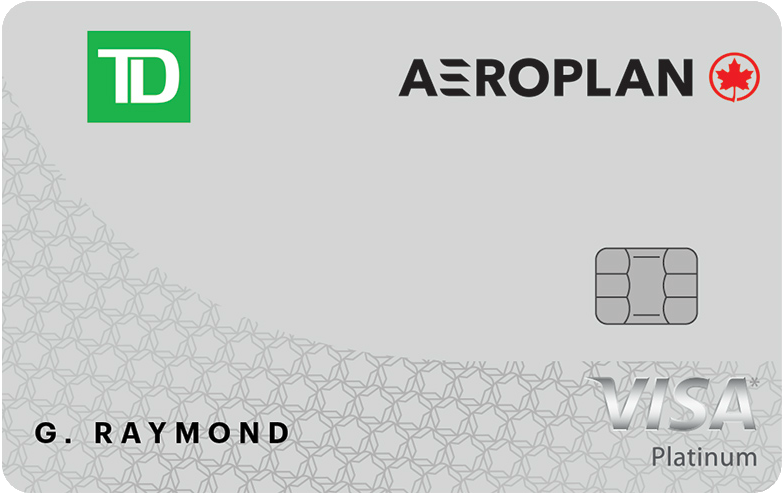
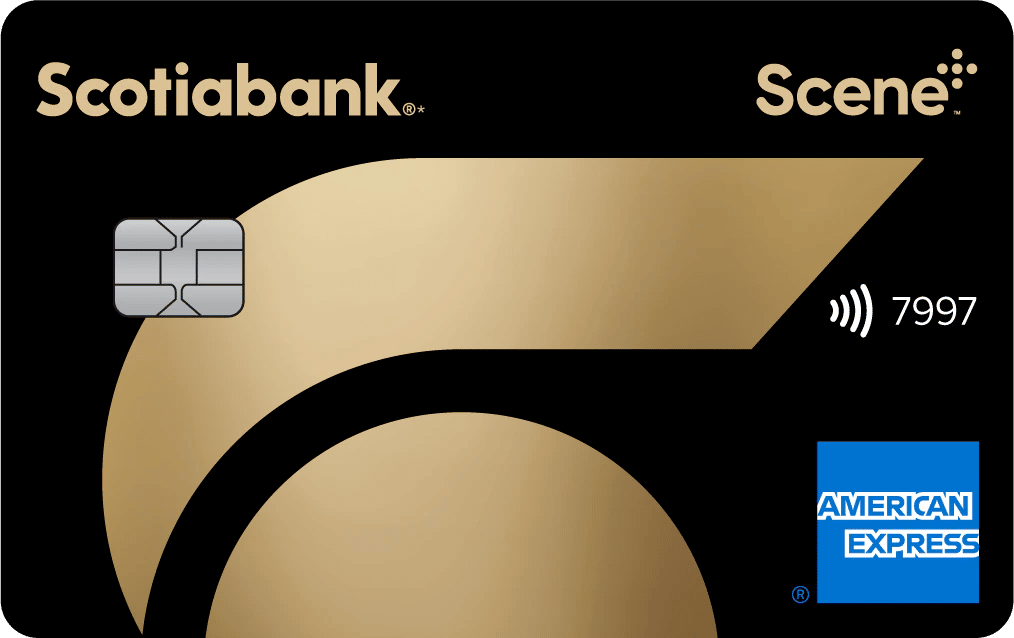

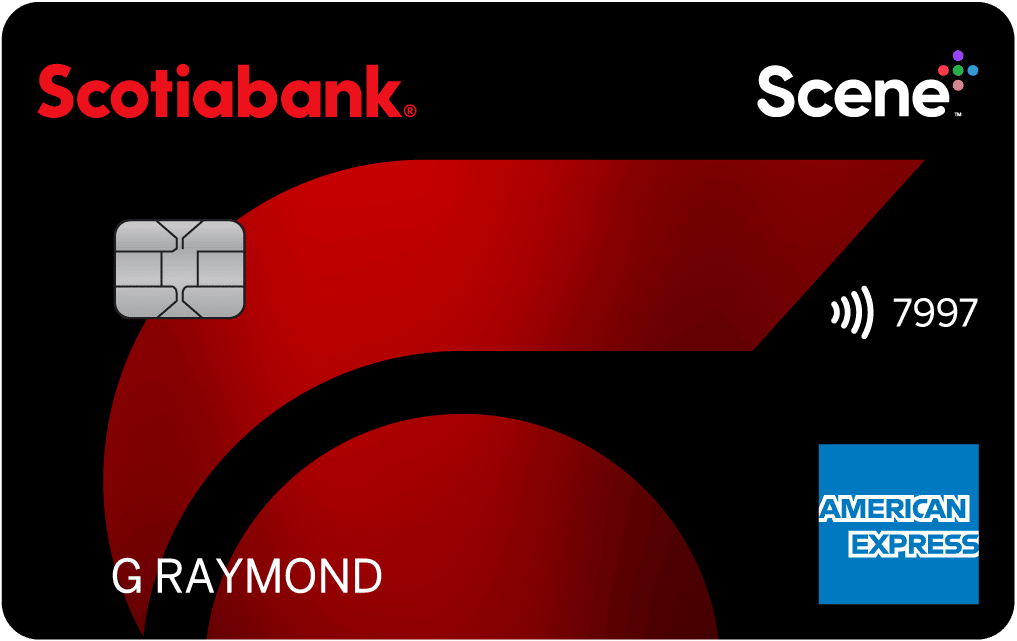
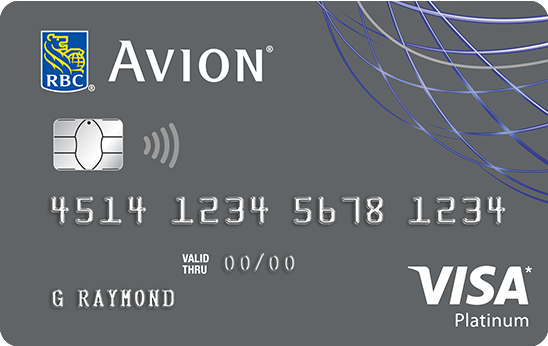
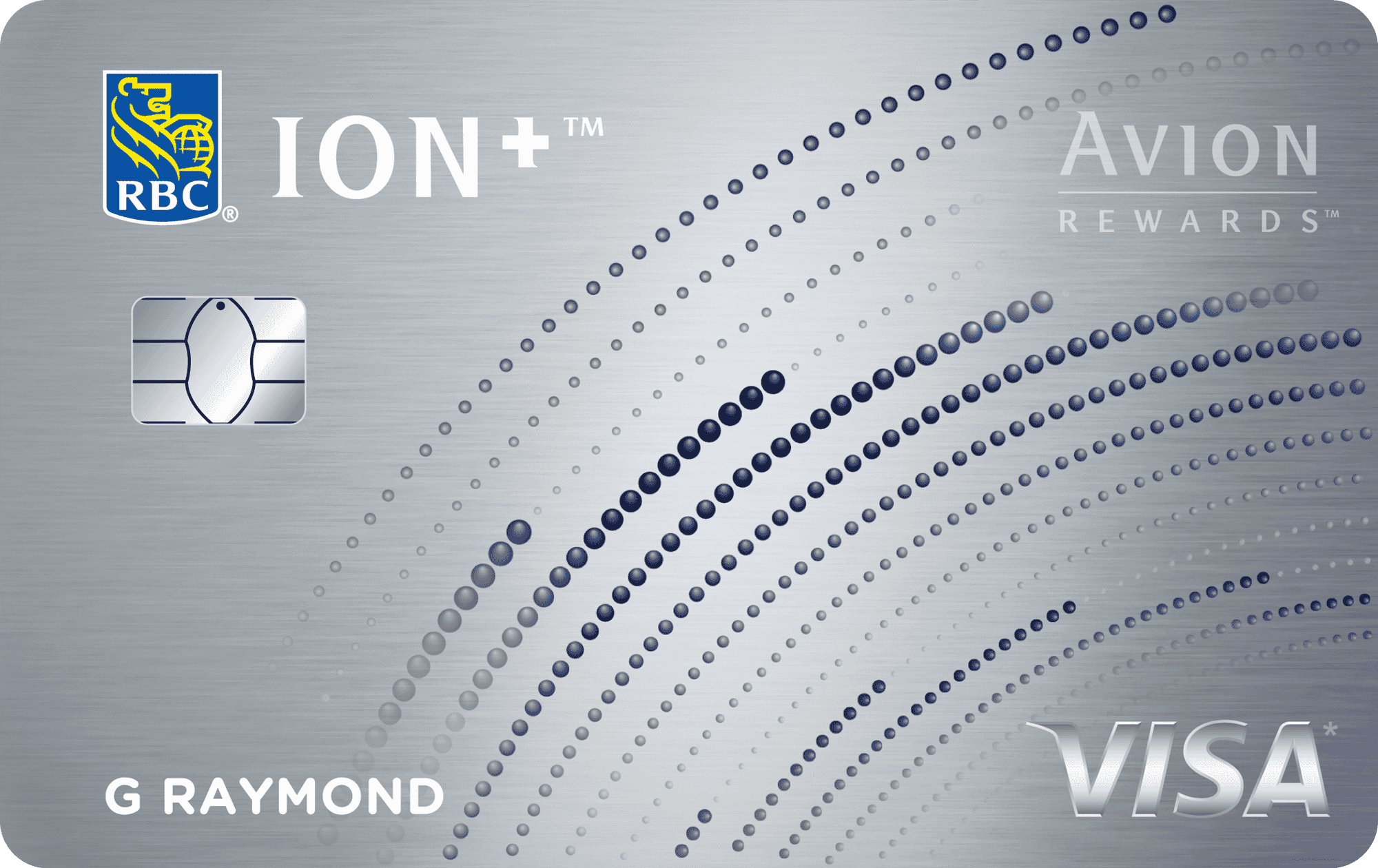
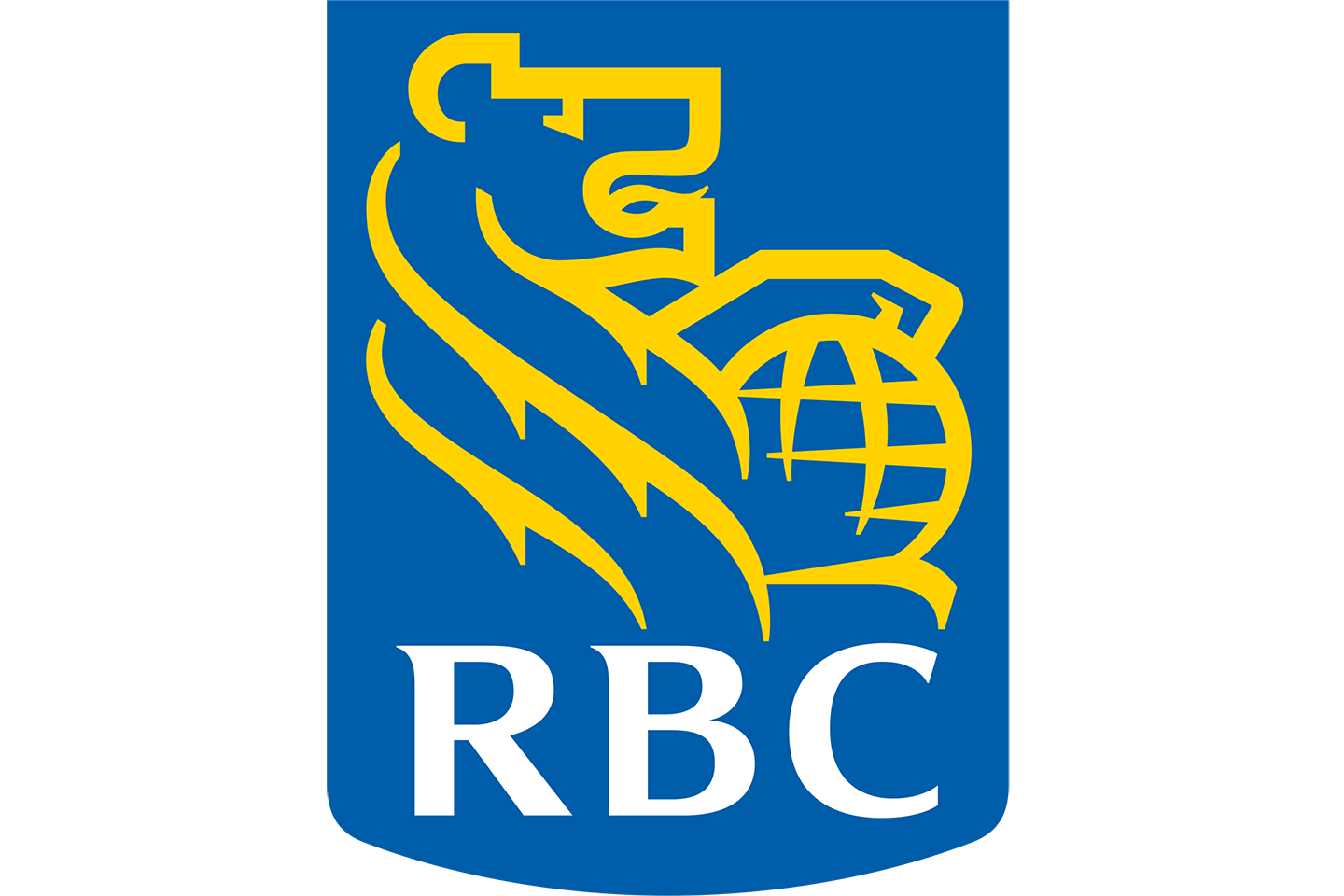






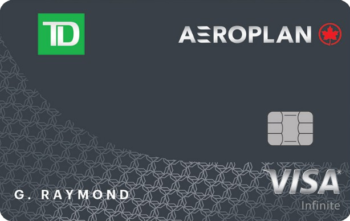






For me the SimplyCash Card from Amex was a great starter card. They have made the earn rate and welcome bonus considerably worse since I first got it though. The best part about it, no doubt, was the $100 cash back referral program. I racked up several of those!
A lesser known, but definitely worthwhile credit card that’s helped me as a student was Canadian Tire’s Cash Advantage card. I found that it benefitted me more than using Plastiq, since it allowed me to earn tiered cashback on tuition and student loan payments for no annual and/or transaction fees. I’ve also heard of people being able to make other types of bill payments with the card (property tax, hydro, etc.). Credit limit started high for me at $2k and later increased to $4k. Just an FYI!
A nice solid post for students. Although no surprising that the best strategy for a student is ‘not to be a student’ 😉 good luck with your study Andrew